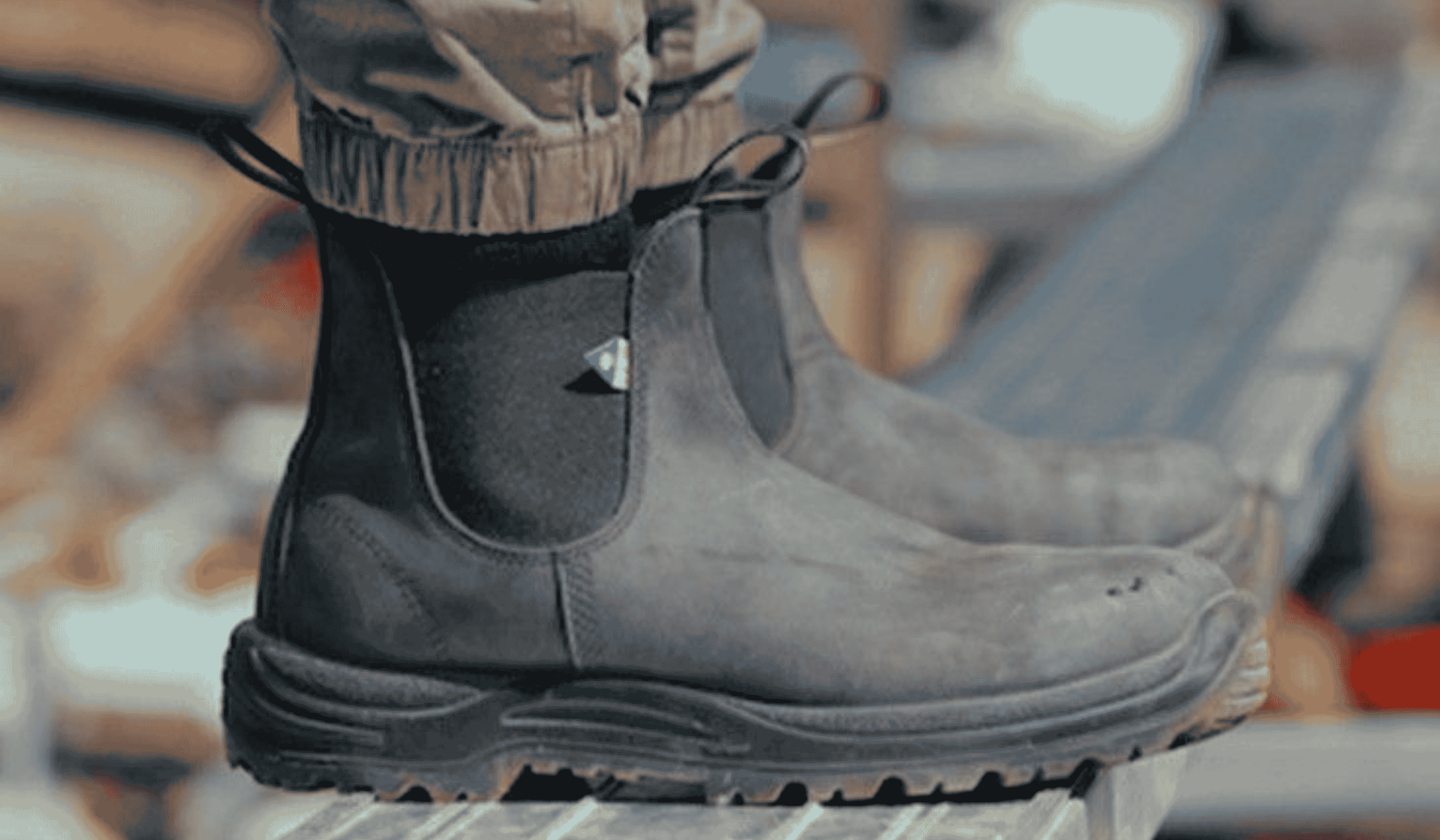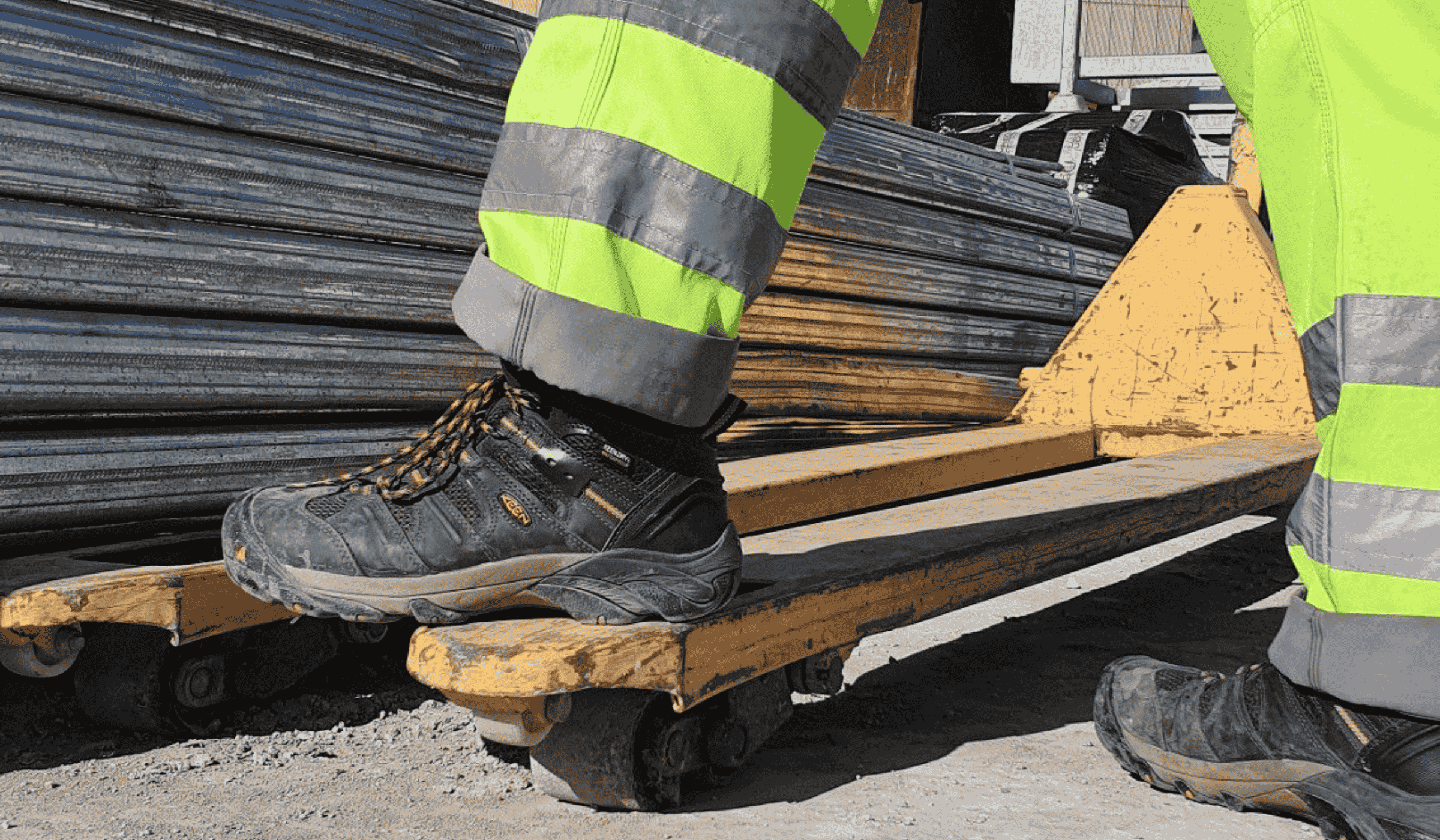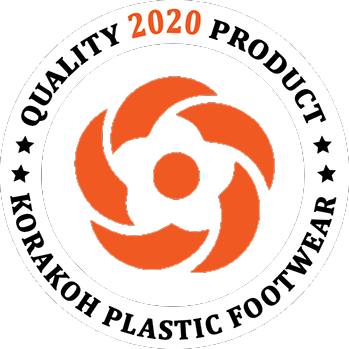Every construction site has potential risks, from heavy machinery and falling materials to slippery surfaces and sharp debris. In such a demanding environment, one of the most crucial pieces of personal protective equipment (PPE) is often the one that goes unnoticed: safety boots. These boots are more than just footwear — they’re the first line of defense between a worker and the many dangers that come from working on-site.
This article explores the importance of safety boots for construction sites, the key features to look for, and how choosing the right pair can make all the difference in protecting workers’ health, comfort, and productivity.
1. Why Safety Boots Matter in Construction
Construction is one of the world’s most high-risk industries. Workers spend hours handling tools, carrying materials, and navigating uneven, unstable terrain. Without proper protection, the risk of foot injury is very high.
Safety boots serve a crucial role in reducing these risks. They are designed to protect the feet from falling objects, compression, punctures, slips, and even electrical hazards. According to workplace safety studies, proper protective footwear can prevent up to 80% of common foot-related accidents on construction sites.
A simple nail, heavy brick, or unstable scaffold could cause a serious injury — but a well-built pair of safety boots can mean the difference between a painful accident and a close call.
Find the Perfect Fit for Your Industry
2. Common Hazards on Construction Sites
To appreciate why safety boots are essential, it helps to understand the types of hazards that workers face daily:
- Falling or rolling objects: Materials such as steel bars, tiles, or tools can fall from heights, leading to severe foot injuries.
- Sharp objects and debris: Nails, glass, or metal shards can easily pierce through thin-soled shoes.
- Slippery or uneven surfaces: Wet floors, mud, and gravel increase the risk of slipping or twisting an ankle.
- Heavy machinery and vehicles: Forklifts and trucks can cause crush injuries if workers accidentally get too close.
- Electrical hazards: Exposed wiring and wet conditions pose a risk of electric shock.
- Extreme temperatures: Construction work often happens in hot sun or rain, and safety boots provide thermal and water resistance.
Given these dangers, wearing the proper safety boots isn’t optional — it’s a necessity.

3. Key Features of Quality Safety Boots
Not all safety boots are created equal. The best ones combine protection, comfort, and durability, ensuring that workers can move efficiently without compromising safety. Here are some essential features to look for:
a. Steel or Composite Toe Caps
The most recognizable feature of safety boots is the protective toe cap. Steel toe caps offer maximum protection against impact and compression, while composite toe caps — made from materials like carbon fiber or Kevlar — provide similar protection but are lighter and non-conductive, ideal for electrical work.
b. Slip-Resistant Soles
Slips and falls are among the most common workplace accidents. A pair of safety boots with anti-slip soles made from durable rubber provides traction on wet, oily, or uneven surfaces.
c. Puncture-Resistant Midsoles
Construction sites often contain sharp debris. Safety boots with steel or Kevlar midsoles prevent punctures from nails, glass, or sharp metal objects.
d. Waterproofing and Weather Resistance
For outdoor construction, waterproof boots keep feet dry during rainy days or when working in muddy conditions. Many modern designs also feature breathable linings that prevent sweat build-up.
e. Electrical Hazard Protection
Some safety boots are designed to protect against electrical shocks by using non-conductive materials. This is vital for electricians or those working near power sources.
f. Ankle and Arch Support
Extended standing and walking on hard surfaces can lead to fatigue and back pain. Safety boots with cushioned insoles, shock absorption, and strong ankle support help prevent strain and improve posture.
4. The Connection Between Comfort and Productivity
A common misconception is that protective boots must be heavy and uncomfortable. However, modern safety footwear has evolved significantly. Today’s ergonomic safety boots combine lightweight materials, cushioned insoles, and breathable linings to ensure comfort even during long working hours.
When workers are comfortable, they’re less likely to experience fatigue, blisters, or foot pain — all of which can reduce productivity and increase the risk of mistakes. The right pair of boots enhances endurance, balance, and mobility, allowing workers to perform at their best without compromising safety.
Moreover, comfortable footwear also boosts morale. Workers feel more valued when employers provide proper protective gear, leading to higher job satisfaction and commitment.

5. How to Choose the Right Safety Boots for Construction
Choosing the perfect pair depends on the type of work and the specific hazards present on the site. Here are a few tips for selecting the right safety boots:
a. Assess the Work Environment
Determine if your team works in wet conditions, handles heavy materials, or works near electrical sources. Each environment requires different safety features.
b. Check for Certifications
Look for boots that meet safety standards such as EN ISO 20345, ASTM F2413, or MS 1599 (for Malaysia). These certifications guarantee that the footwear has passed rigorous impact and compression tests.
c. Prioritize Fit and Comfort
Always ensure the boots fit perfectly. Ill-fitting footwear can cause blisters or foot fatigue. Workers should try on boots with their usual work socks to ensure a good fit.
d. Consider Material and Weight
Leather boots offer durability and weather resistance, while synthetic materials may provide better flexibility and lightweight comfort. Composite-toe boots are ideal for workers who need protection without the extra weight of steel.
e. Don’t Ignore Maintenance
Regularly cleaning and checking the boots for wear and tear ensures they remain safe to use. Replace any pair that shows cracks, worn soles, or damaged toe caps.
Find the Perfect Fit for Your Industry
6. The Cost of Neglecting Proper Footwear
Failing to wear safety boots on a construction site can lead to severe consequences — not just for workers, but for employers as well. A single injury can result in high medical expenses, downtime, and even legal issues if safety regulations are breached.
Injuries such as crushed toes, puncture wounds, or electric shocks can permanently affect a worker’s ability to perform. Additionally, companies may face penalties for not enforcing PPE standards. Investing in quality safety boots is a small cost compared to the potential financial and human loss from workplace accidents.
Final Thoughts
Safety starts from the ground up — literally. A solid foundation begins with the right footwear, and for construction workers, safety boots are that foundation. They protect against countless hazards, improve comfort during long hours, and boost confidence in high-risk environments.
Whether you’re managing a large construction firm or working as a contractor, investing in quality safety boots for construction sites is one of the smartest decisions you can make. They’re not just a safety requirement — they’re an essential tool for productivity, wellbeing, and long-term success in the construction industry.
Find Your Safety Shoes
KORAKOH Manufactures High Quality Safety Shoes, Industrial Safety Shoes, Safety Boots, Industrial PVC and Rubber Boots. We design, manufacture and distribute high quality PVC Safety Gumboots to suppliers worldwide. Korakoh is also an expert in the design and development of customers own PVC Safety Gumboots, designs and specifications can be tailored to meet the wearers exact needs.
